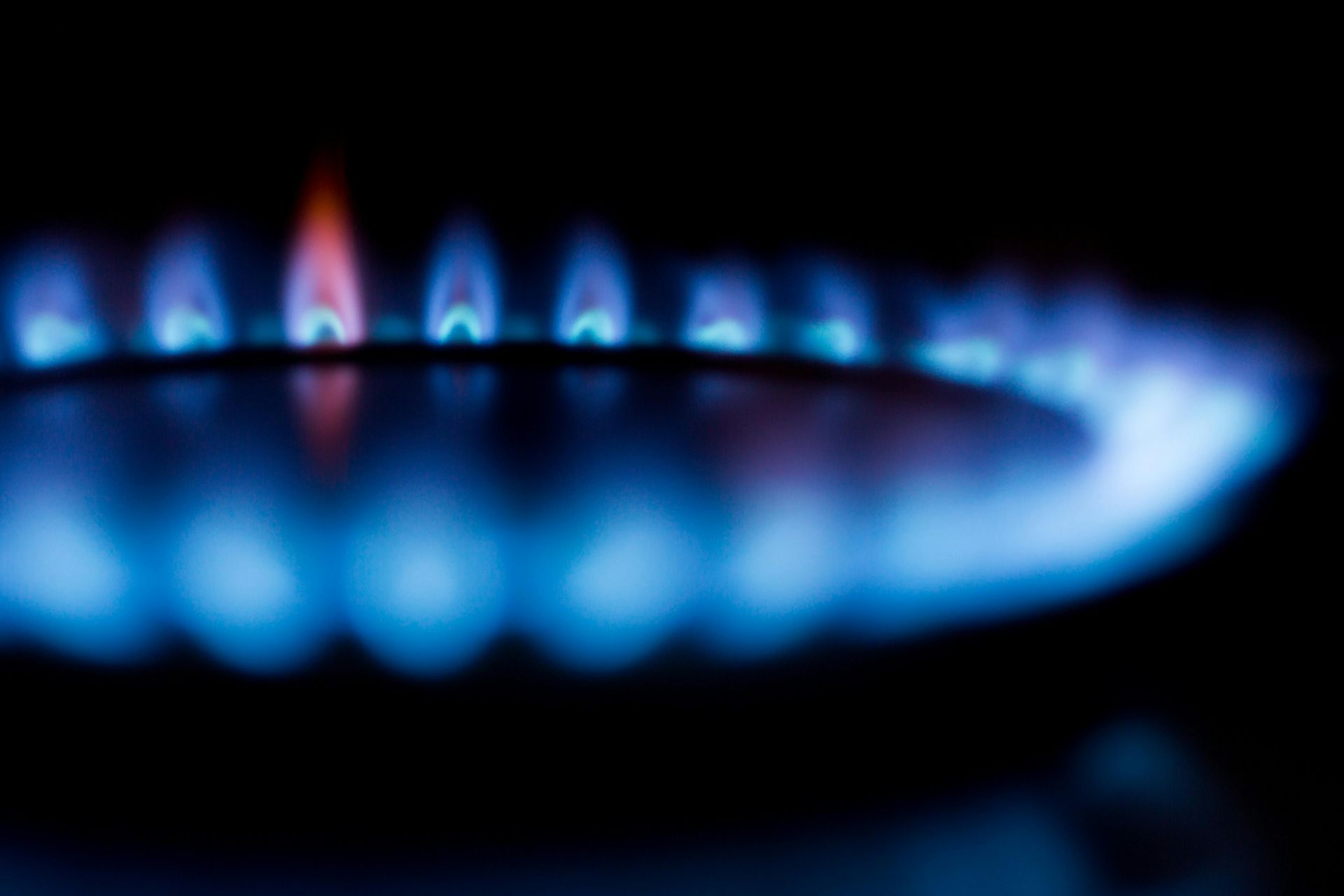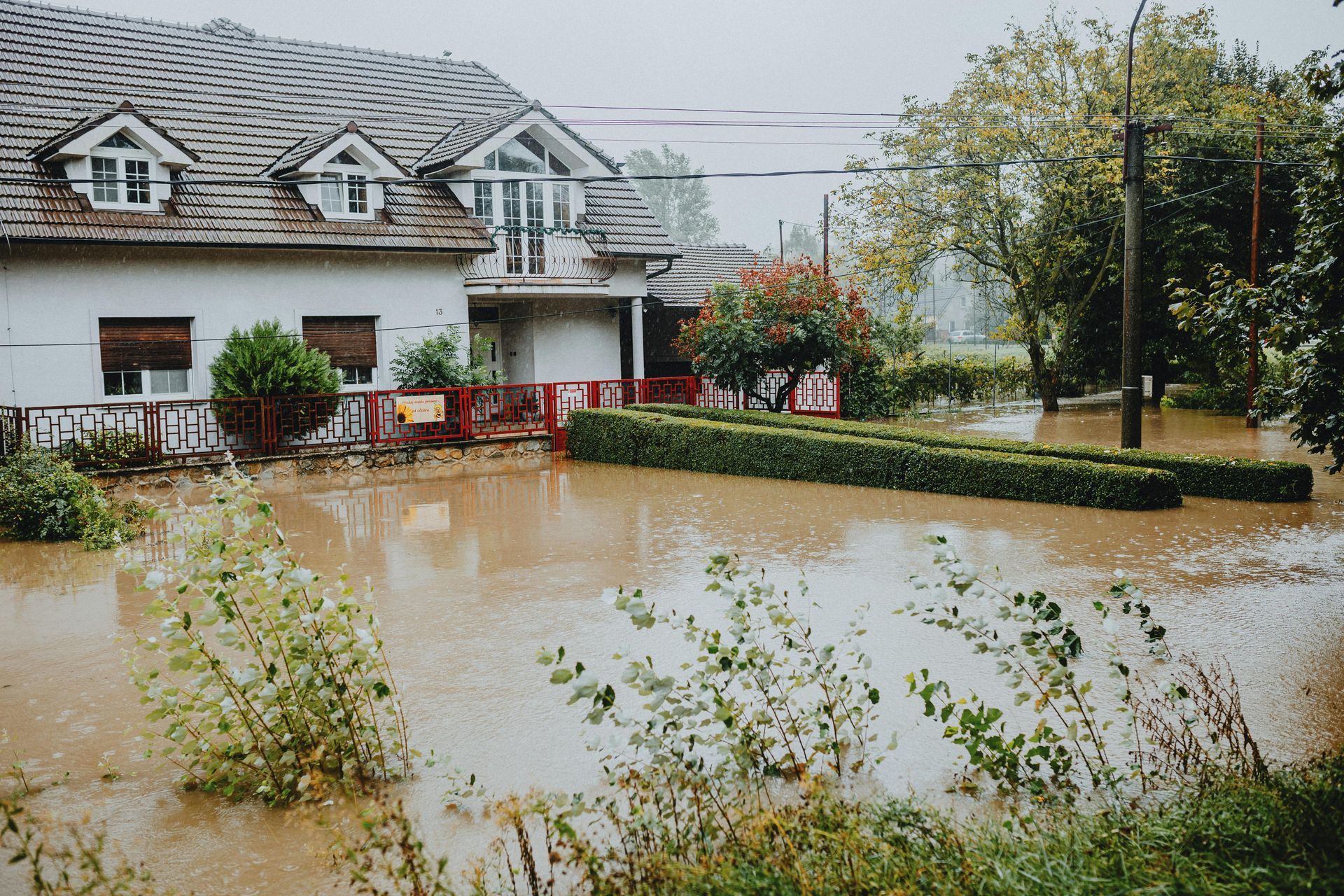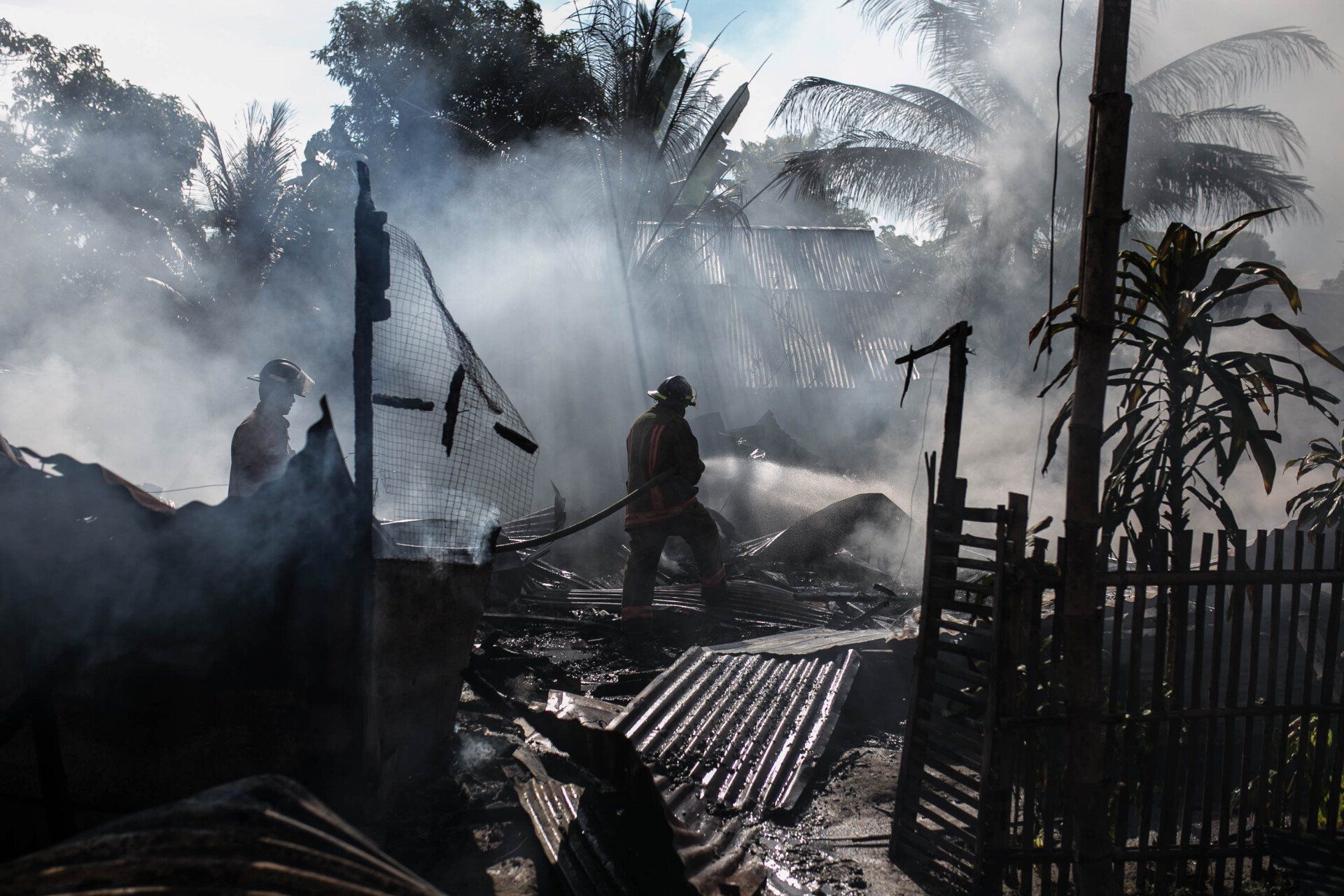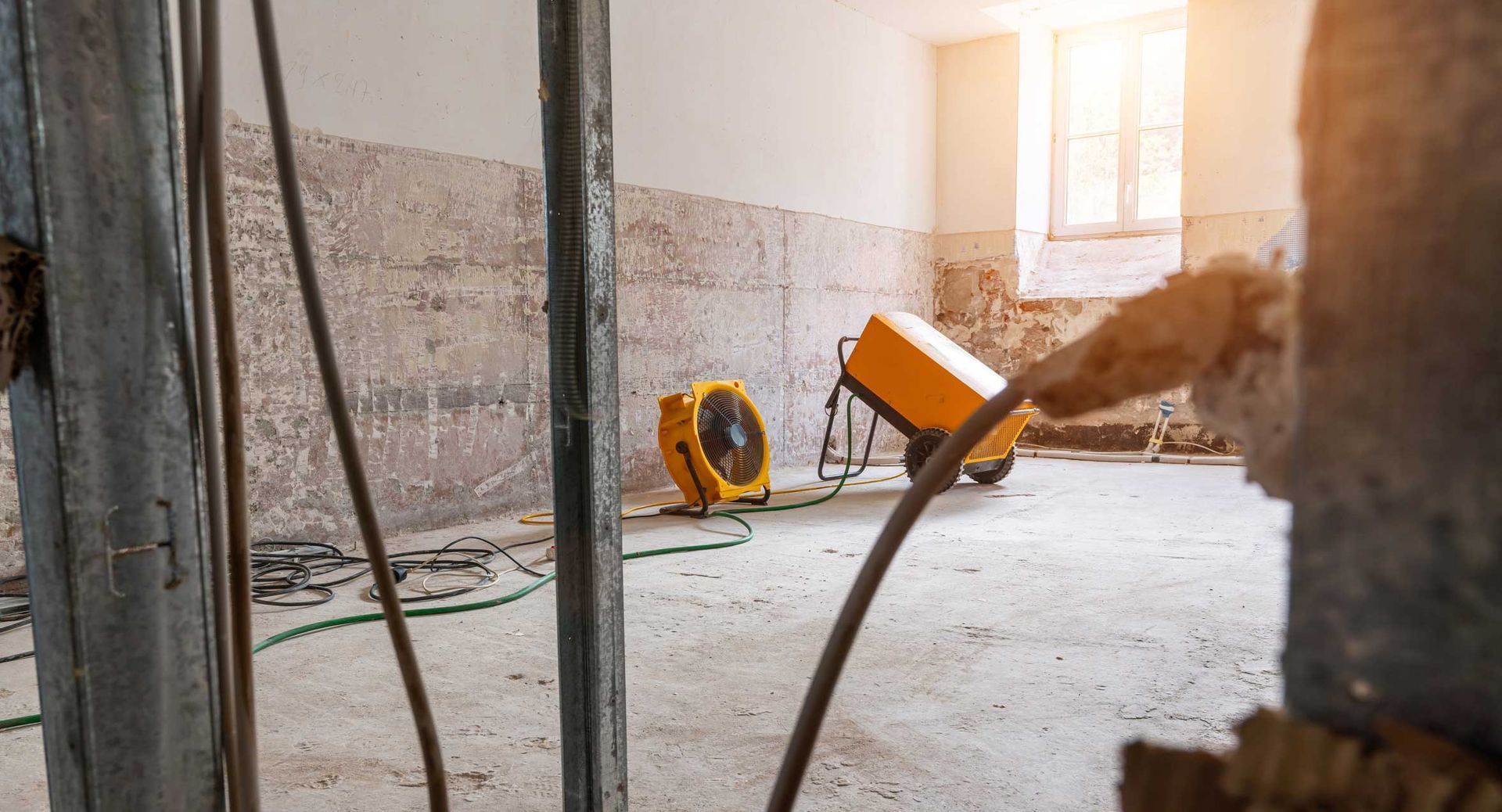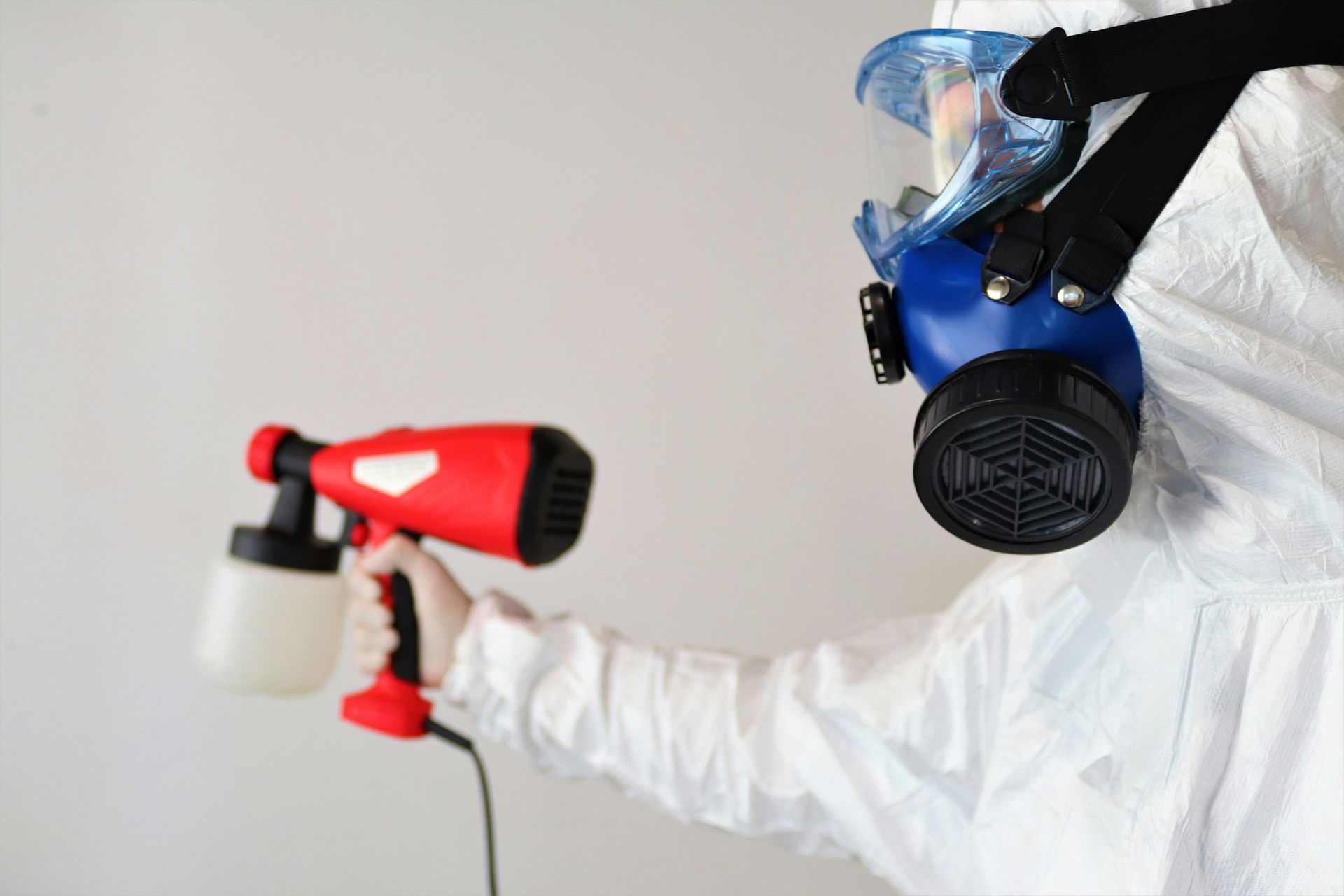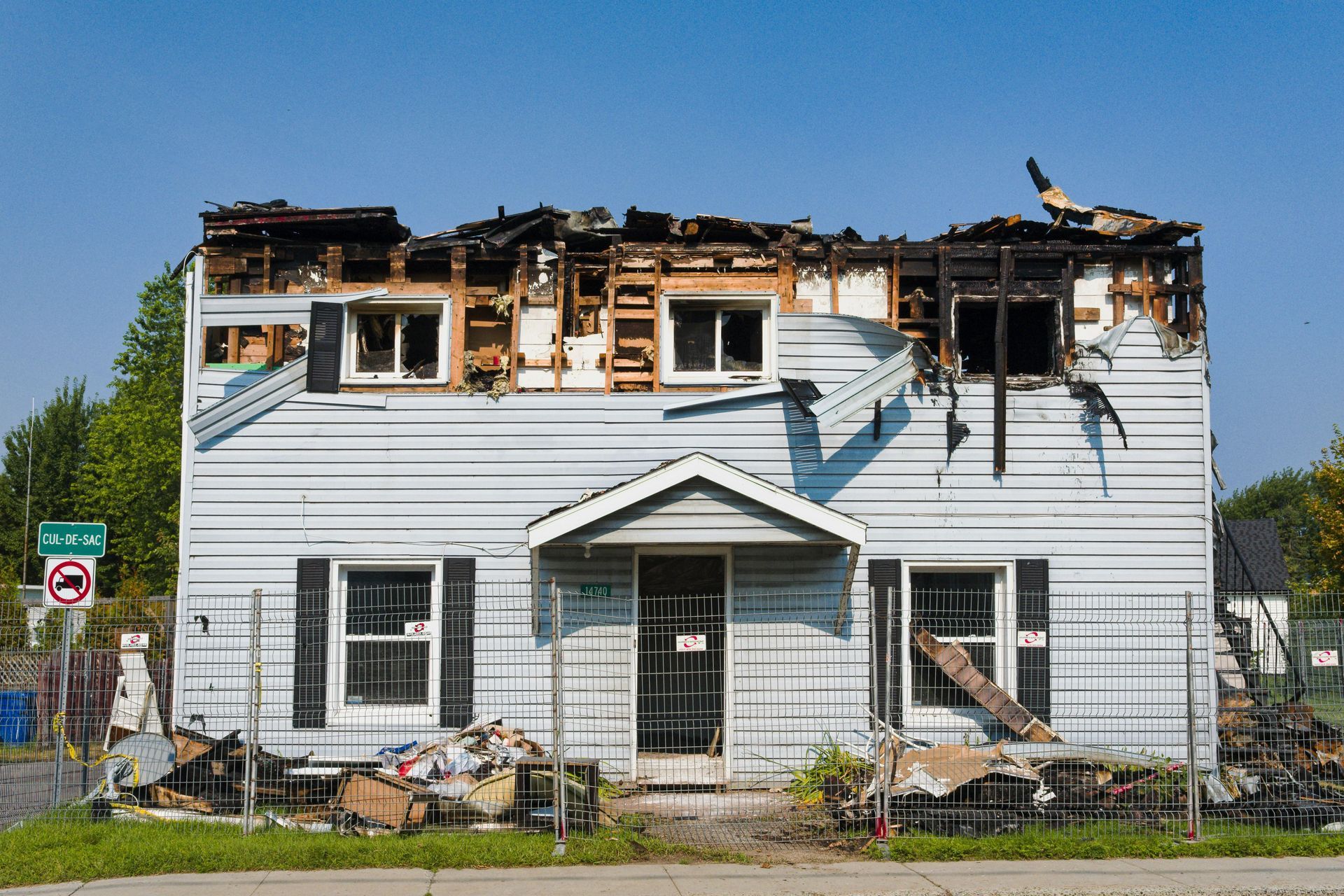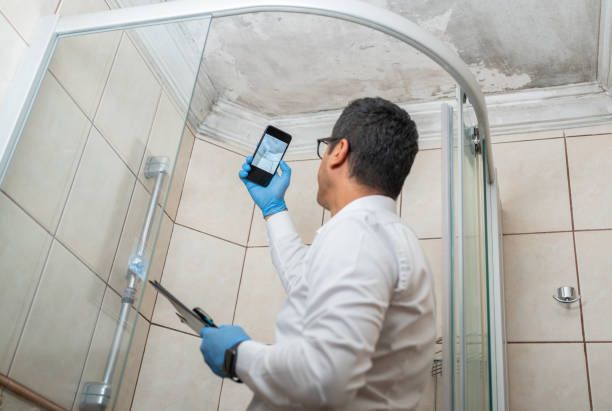How to Spot the Signs of Water Damage in Your Home
Recognizing Signs of Water Damage: Essential Tips for Homeowners
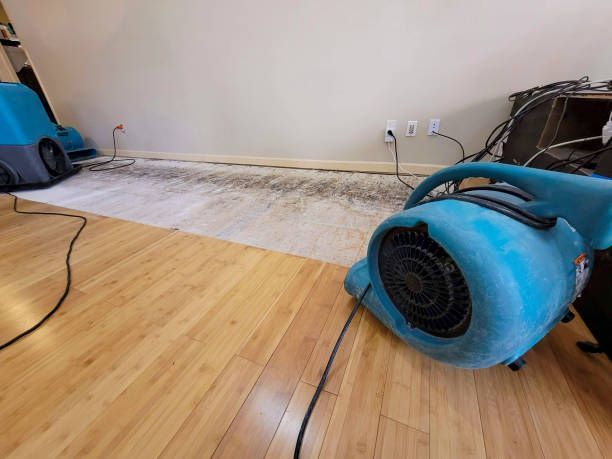
Identifying early signs of water damage is paramount for homeowners to maintain a healthy and safe living environment. Water damage, essentially an influx or water intrusion that disrupts a property's natural dry state, poses significant risks. Early detection can prevent the evolution of minor issues into severe problems that compromise structural integrity and indoor air quality through mold proliferation. This article aims to enlighten homeowners on how to discern and address these warning signals adeptly. We will elucidate both overt and covert signs of water damage, strategies for mitigation, and the criticality of prompt restoration efforts to safeguard your residence from the ensuing detrimental effects.
Water Damage and Its Causes
Water damage refers to the destructive effects on structures and properties caused by the unwanted intrusion of water, which disrupts the natural, intended state of materials by processes such as rotting of wood, rusting of steel, swelling of composite woods, and the growth of mold and mildew. Predominantly, signs of water damage emerge due to several common causes. Leaking pipes often go unnoticed until significant damage has occurred, betrayed only by the subtle signs of moisture or discoloration. Faulty appliances, especially washing machines and dishwashers, can lead to unexpected discharges of water. Roof damage, a less visible culprit, allows water to penetrate through weakened sections during storms. Lastly, natural disasters such as floods and hurricanes represent acute and devastating sources of water damage. Our expertise in identifying and remedying these predicaments underscores our commitment to preserving the integrity and safety of your living or working environments.
Why is Early Detection Important?
The imperative of early detection in preventing water damage cannot be overstated. Neglecting initial signs of intrusion can precipitate a cascade of detrimental effects, exacerbating the scope of damage. Moisture serves as a breeding ground for mold and mildew, posing significant health risks and compromising indoor air quality. Furthermore, water penetration can undermine the structural integrity of your property, leading to weakened foundations and deteriorated building materials. Timely identification and remediation not only thwart these issues but also curtail potential repair costs. By addressing water damage promptly, homeowners safeguard their living environment against the myriad of complications that delayed action could entail. Our expertise in early detection and meticulous restoration underscores our unwavering commitment to protecting your most valuable asset.
Signs of Water Damage in Your Home
Detecting water damage in its early stages is crucial to maintaining the health of your home. Homeowners should be vigilant for these major signs:
Visible Signs
Visible manifestations of water damage in your home demand immediate attention to fend off escalating repair needs and ensure a healthy living environment. Among the most conspicuous indicators are water stains on walls or ceilings — hallmark signs often resulting from leaky roofs or plumbing malfunctions. These stains may appear as discolored patches, offering a silent testament to the unseen havoc moisture is wreaking behind closed surfaces.
Another alarming sign is the warping or bubbling of paint and wallpaper, symptomatic of water infiltration beneath the surface. Such distortions not only mar aesthetic appearances but signify more profound structural issues that, if left unchecked, could lead to costly repairs and potential health hazards.
Furthermore, the presence of mold on walls, ceilings, or corners cannot be overlooked. Mold growth, especially in hidden areas, is a potent indicator of excessive moisture and poor ventilation. It poses significant health risks, exacerbating respiratory issues and allergic reactions, all while damaging your property's structural integrity. Our adeptness in identifying and addressing these visible cues underscores our commitment to restoring your residence or business with precision and professional acumen.
Hidden Signs
Not all indicators of water damage are immediately visible to the naked eye, underscoring the complexity of early detection. One subtle yet telltale signal is the presence of a damp or musty odor pervading your home, particularly in areas less frequented. These odors, reminiscent of wet wood or soil, suggest the accumulation of moisture within walls or beneath floors, areas often overlooked during routine inspections.
Another concealed sign involves subtle changes in the home's foundation. Homeowners might notice doors that no longer close properly or windows that jam – seemingly minor issues that, in reality, may hint at the foundation's shift due to prolonged water exposure. Such alterations stress the necessity of vigilance and a comprehensive understanding of the multifaceted nature of water damage.
Additionally, an unexplained spike in water bills can serve as a clandestine harbinger of leaks lurking within the home's plumbing system. An increase in costs, devoid of a clear justification, often points to water escaping from unknown breaches, consequently signaling the urgency for professional inspection.
These hidden signs - odor, foundational shifts, and surging water bills - embody the surreptitious challenges posed by water damage. Our adept capability to diagnose these less obvious symptoms stems from a profound commitment to safeguarding the structural integrity and safety of your abode through meticulous, industry-leading restoration services.
Structural Signs
Within the intricate framework of any home, structural signs of water damage demand unequivocal attention for both their subtleness and potential severity. Sagging floors or ceilings articulate a silent distress call, indicating prolonged exposure to moisture that compromises the support structures. This symptom, if not promptly addressed, can transition from a mere inconvenience to a significant hazard, risking the safety of the occupants.
Similarly, the emergence of operational difficulties with doors and windows, characterized by stiffness in opening or closing, subtly hints at the swelling of wooden frames - a direct consequence of water absorption. Such issues, though seemingly trivial, serve as critical indicators of the wider implications of water damage on a property's foundational alignment and structural integrity.
Visible cracks on walls, especially those that suddenly appear or progressively worsen, speak volumes about the underlying stress and strain inflicted by water intrusion. These fissures, more than cosmetic flaws, may signify the beginning of profound structural compromise, urging immediate expert appraisal and intervention.
Identifying these structural signs - sagging floors or ceilings, operational challenges with doors and windows, and visible cracks in walls - requires a discerning eye and a depth of understanding of the building's anatomy. Our expertise positions us uniquely to diagnose these symptoms accurately, ensuring the formulation of a precise and effective restoration strategy. By focusing on these signs, we underscore our commitment to upholding the structural integrity and safety of your home, a tenet we hold paramount in our mission to deliver unparalleled restoration services.
What to Do If You Detect Water Damage
Upon recognition of water damage signs, the initial step encompasses pinpointing the source of water intrusion to inhibit further damage. This forethought enables a targeted approach to restoration, preserving the property's structural integrity. Simultaneously, document all manifestations of damage meticulously—photographs, descriptions, and any corresponding utility bill spikes serve as vital evidence for insurance claims. Engage immediately with a professional restoration service, leveraging their expertise to assess the extent of damage accurately and devise a strategic remediation plan. Undertaking repairs without professional insight risks exacerbating the problem, resulting in amplified damage and potential health hazards due to improperly addressed mold growth or structural weaknesses.
Ensure Your Home's Longevity With Northeastern Restoration
At
Northeastern Restoration, we blend unparalleled expertise with state-of-the-art technologies to deliver meticulous
water damage restoration services. Our dedicated team, equipped with industry-leading tools and an unwavering commitment to quality, ensures timely identification, precision in damage assessment, and comprehensive restoration, reinstating the safety and integrity of your property. Trust us to transform calamity into comfort, guiding you seamlessly through the restoration process. Call us now!
